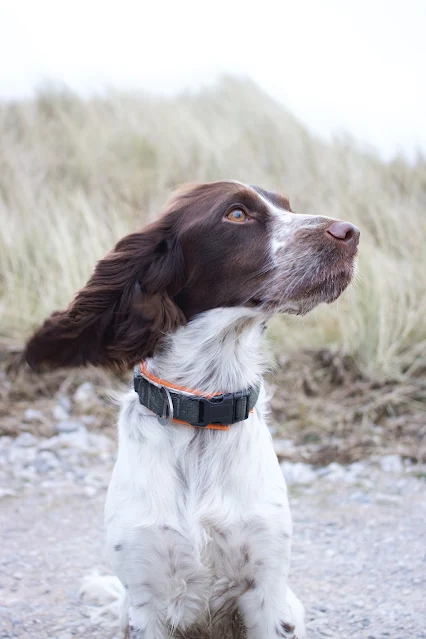There are many symptoms of cancer in dogs that make this disease quite difficult to identify. If you suspect your dog has cancer, then it is important to take him to the vet as soon as possible.
Top 10 signs of cancer in dogs
 |
| Cancer in Dogs |
A recently published report from the American Veterinary Medical
Association (AVMA) suggests that there are early warning signs of cancer
in dogs. According to the AVMA, some behavioral and physical symptoms
can be used to identify canine cancer, although these signs may not
always be present.
The most common canine cancers are skin cancer and lymphoma, a type of cancer that affects the body’s immune system.
Skin Cancer: More than 90% of all skin cancers in dogs occur on the nose. Signs include lumps or bumps on the nose that may bleed slightly when touched, or that have edges that are red and irritated.
Lymphoma: The most common sign is weight loss for no apparent reason. Other signs include vomiting and diarrhea, especially at night.
1. Strange smells
You may have gotten used to your dog's bad breath, but you should keep an eye on any unpleasant odors your dog emits when you are close enough to smell his breath.
2. Pale gums
Be sure to check the color of your dog's gums from time to time. Pale gums can be a sign of many canine health problems, including cancer. If you notice a change in this area, contact your vet immediately.
3. Lack of energy
Have there been any significant changes in your dog's energy level? Lethargy is also a common sign of cancer in dogs. Nobody knows your dog's normal behavior better than you, so your vet may not always pick them up.
4. Vomiting and diarrhea
Sometimes, when your dog vomits or has diarrhea, it can be due to something serious but usually harmless, such as eating feces. Unfortunately, it is also one of the common signs of cancer in dogs.
5. Breathing problems
As with people, there are many different types of canine cancer. And like people, you should be on the lookout for the warning signs of lung cancer in dogs. Pay attention to your dog while playing and practicing his usual life.
6. burrs or lumps
If you haven't done so already, you should get into the habit of checking your dog's skin regularly. About once a month is fine. Check this by slowly and gently running your hands over your dog's body, noting how you feel.
Jot down anything that seems unusual or out of place, and if this isn't your first time checking out, you'll want to investigate anything new. Your dog should enjoy this petting, so don't be afraid to take your time.
7. Unexpected weight loss
If your dog is not on a weight loss regime and you have not been feeding him dog food for weight control, unexpected weight loss is one of the most common signs of canine cancer to be on the lookout for.
Your dog's sudden weight loss may not be due to cancer, but if there is no other obvious explanation, there is a very good chance that the cause is some sort of health issue and you should contact your vet.
8. Change in appetite
Have you noticed any changes in your dog's appetite? Do they eat less or do they show no interest in the food they usually like? Several canine health issues could be the culprit here, and unfortunately, cancer is among them.
9. Change in behavior
Another sign of cancer in dogs you'll want to watch for changes in behavior. Does your dog limp, walk or play differently than usual? Is your usually quiet dog irritable and barks or even explodes at you?
Dogs, just like people, get annoyed or fuss when they're not feeling well. If your dog starts behaving strangely and there is no apparent reason why there is a good chance that he will become ill and you should speak to your vet.
10. Wounds or sores
If you notice any open wounds or sores on your dog that don't heal as quickly as you would normally expect or appear without a clear explanation, contact your vet as soon as possible.
